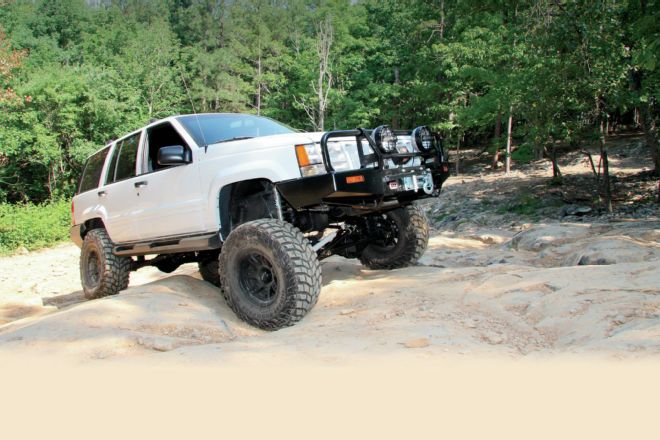
 Ali Mansour
Brand Manager, 4WD & Sport Utility
Ali Mansour
Brand Manager, 4WD & Sport Utility
Your Jeep’s ride quality and handling characteristics are two critical areas that Jeep engineers spend countless hours fine-tuning. You and I, being the Jeep enthusiasts that we are, tend to unravel all of the OEs hard work by making the Jeep work better for our needs. By our needs, I mean the want for more off-road performance, of course.
In 1992, Jeep launched the Grand Cherokee ZJ. Looking back, it was an extremely groundbreaking 4x4. After all, it came standard with a multilink suspension, solid axles, and could be optioned with a V-8. Unfortunately, the aftermarket in the mid-’90s wasn’t as fast moving and observant as it is today. This left the ’93-’98 ZJs with a somewhat lackluster variety when it came to suspension upgrades for many years.
Sure, you could get a short-arm lift, but with the stubby-length factory control arms, anything over three inches often equated to poor handling and performance on- and off-road. Today, there are a plethora of quality suspension options for the ZJ platform. With our ’98 ZJ progressing into a more competent backwoods explorer, we were longing to upgrade the Grand’s suspension from the basic budget boost that it had been running for some time. After getting fit with a new Dana 44 rear axle at East Coast Gear Supply (“An Ox Out Back,” Oct. ’14), we decided to use our time and ECGS team’s expertise and upgrade the ZJ with a 6 1⁄2-inch long-arm suspension from BDS Suspension.
Although, we did do a little welding (more on that later), the BDS long-arm system is designed as a completely bolt-on kit. That said, it requires a fair amount of cutting, drilling, and adjusting. While this is completely doable in your driveway, we wouldn’t suggest the install for a novice wrench. Compiled here are some of the highlights from the kit and what we had to adjust to make it work on our slightly modified ZJ.
PhotosView SlideshowOnce we removed all of the stock frame side lower control-arm mounts, we began the install process out back with the new link brackets. The BDS rear mounts are bolt-on and use sleeve inserts to keep the sheetmetal from collapsing. Securing the brackets in place is a system of Grade 8 through-bolts and self-tapping hardware.
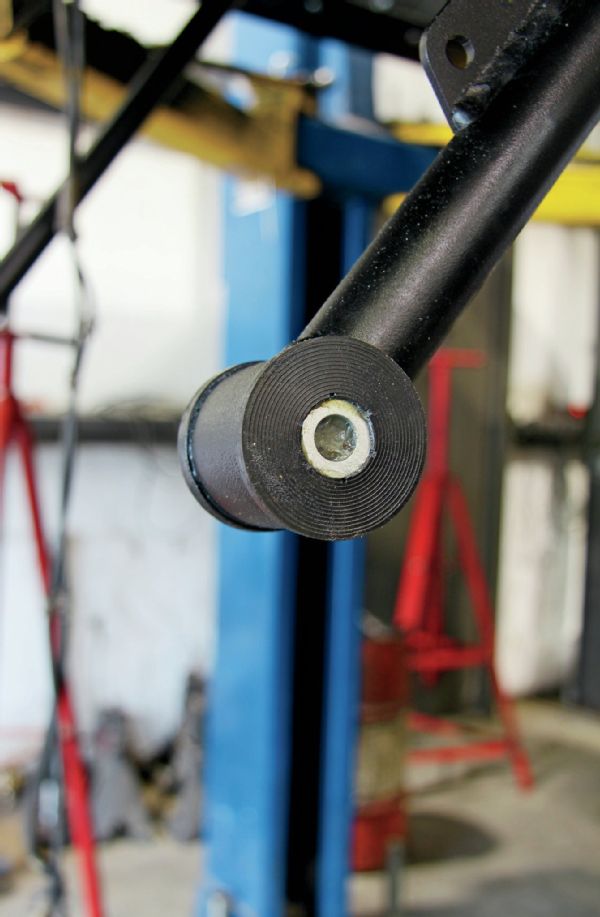
BDS offers poly bushings and flex joints for this specific long arm. For our intended use of the Jeep, BDS recommended the company’s standard series arms with poly bushings. It’s possible that they may wear more rapidly with off-road use, but the polyurethane tends to survive well in the humid and sandy conditions we frequent in the coastal Southeast. Another bonus, the poly bushings are extremely cheap and easy to replace.
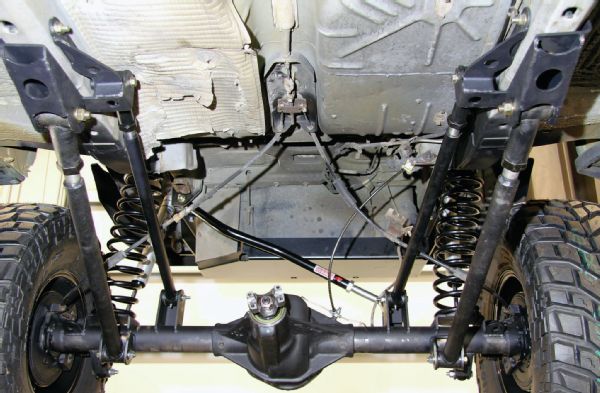
The BDS kit makes provisions for reusing the stock rear track bar, but the bushings in ours were shot. We upgraded to a JKS Manufacturing adjustable track bar, which is designed specifically for the ZJ. We would have liked to have the bar a little higher on the axle to increase the roll center (stability) of the Jeep, but for now, this setup will work fine.
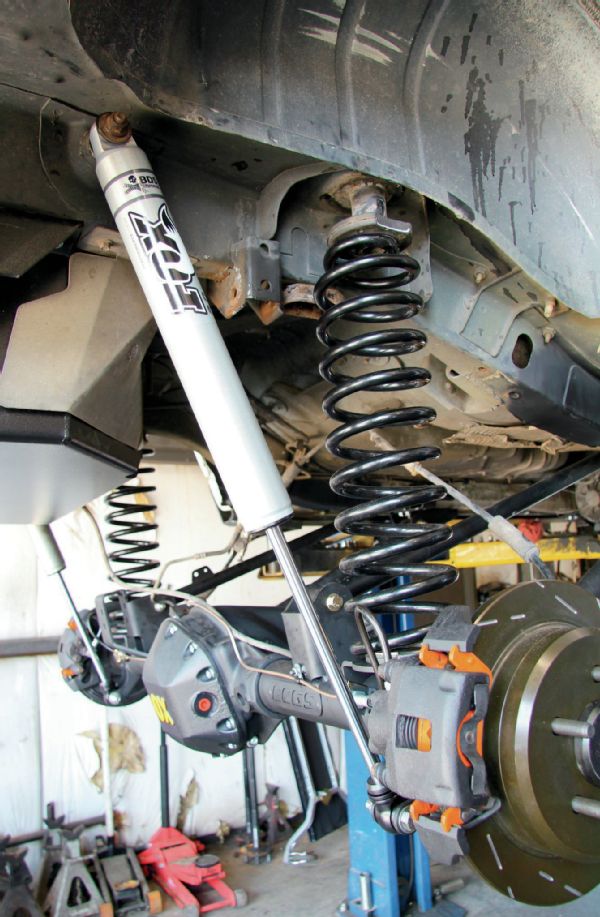
Out back, BDS includes a new set of coils and Fox 2.0 series shocks. Depending on your rear axle, you may need to extend the isolator perches or add limiting straps to keep the rear coils from popping out at full droop.
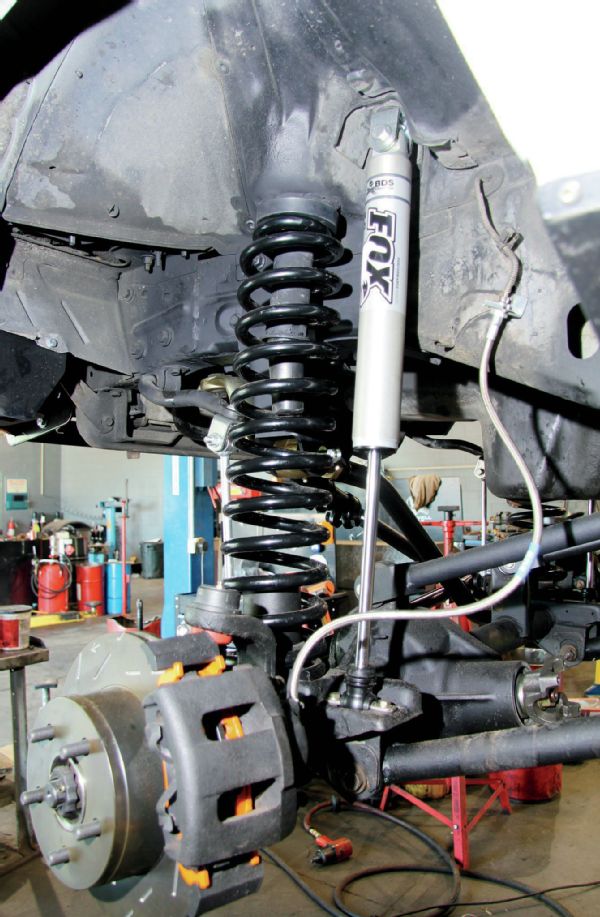
Up front, new bumpstops, sway-bar disconnects, and steel-braided brake lines work in conjunction with 6 1⁄2-inch-lift coils and Fox shocks. Our front axle and steering system were a wreck, so we’ll show you more on how we upgraded that part of the Grand next issue.
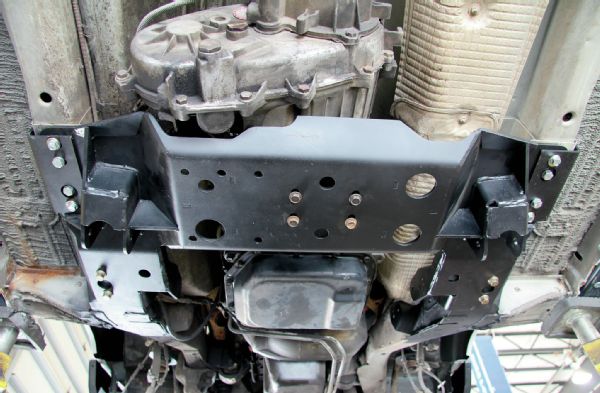
The one-piece BDS crossmember bolts in place of the stock unit. The 1⁄4-inch-steel belly plate integrates the upper and lower link mounts. We like that the front uses four independent links, as it allows the suspension to move more fluidly and tends to bind less over radius-style control arms. We did find that we had to remove some material on the back of the crossmember to allow room for our NP242 transfer case. This kit is not suggested for those running a NP249 T-case.
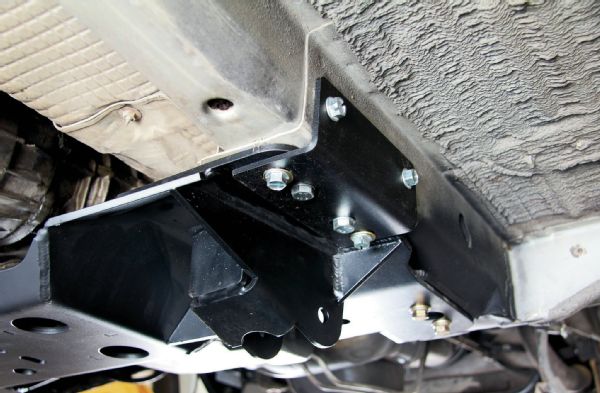
A right-angle drill and a set of quality drill bits will be used frequently for the install. The additional tie-in plates use self-tapping bolts, along with the stock crossmember hardware to support the rear portion of the belly plate. We’re not huge fans of self-tapping bolts, but the Unitbody doesn’t offer a lot of options.
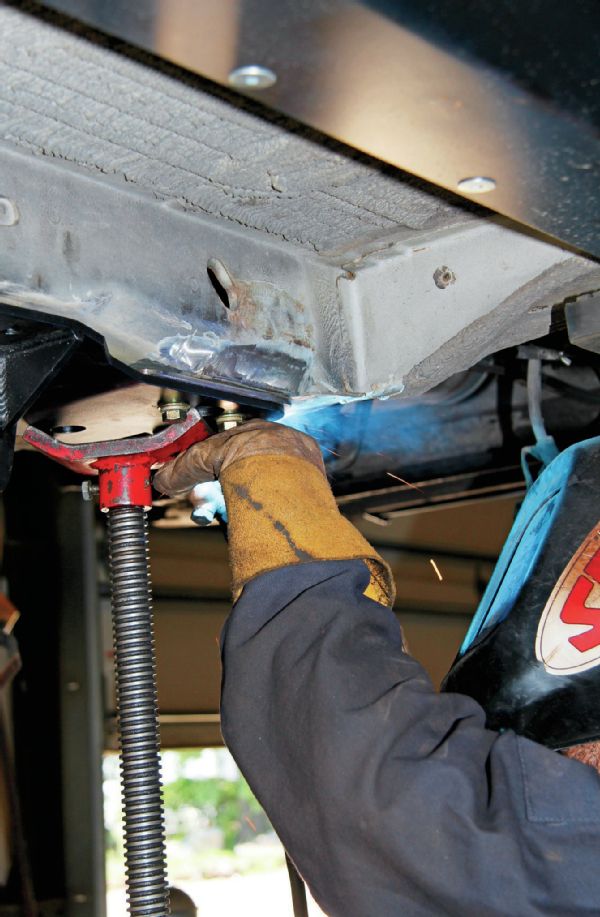
One area we ran into a little trouble was with the front of the crossmember. The forward portion had a sizable gap between the crossmember and the Unitbody. This was worse on one side. To overcome this hurtle, ECGS’s lead fabricator, Nick “TD” Koupiaris, made a couple of 1⁄4-inch plates with nuts welded to the top. Nick then welded the plates to the Unitbody rail, and we bolted the crossmember up.
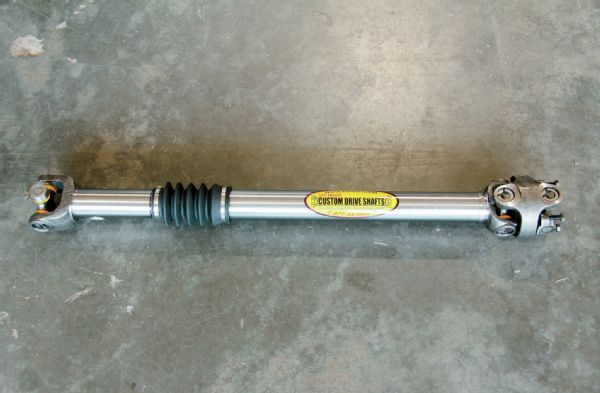
Originally, our Jeep was equipped with the CV/Rezeppa-style factory front driveline. We knew it wasn’t going to work with the newfound travel of the suspension system. We decided to swap out the yoke on the front Dana 30 to a traditional 1310 U-joint and ordered a heavy-duty replacement ‘shaft from Tom Wood’s. The 0.120-wall DOM ‘shaft came with Wood’s gold-series serviceable U-joints and a 1310 CV that bolted up with no issue.
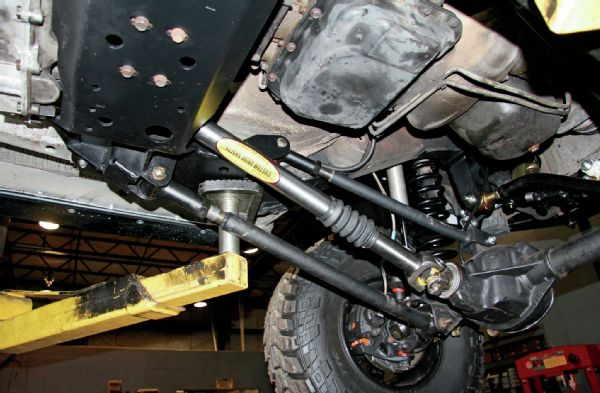
BDS uses 1 3⁄4-inch, 0.250-wall DOM tubing for the lower control arms, which has traditionally been a great balance of strength and size. Each adjustable lower is fit with 11⁄4-inch fine threads and jam nuts. The arms offer a fair amount of length adjustment, so you can adjust your axle placement to clear larger tires.
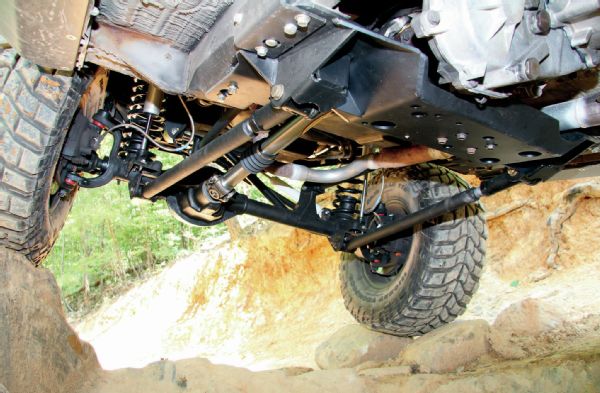
The upper link and mount on the passenger-side front required us to modify our exhaust. This is an added expense but one of the challenges when running a four-link front suspension in such tight quarters.
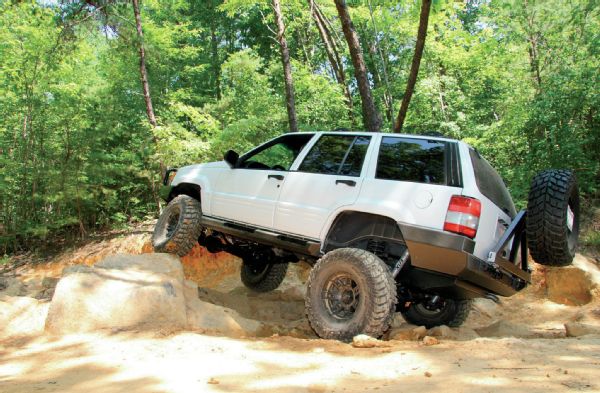
At 6 1⁄2 inches of lift, our ZJ is a touch on the tall side for 33s. The meaty front and rear bumpers, along with the sliders, bring the Jeep down a bit from the projected height and also aids in the surprisingly plush ride on- and off-road. The Grand’s fenderwell openings are tight, but we could easily squeeze 35s with a little trimming.

